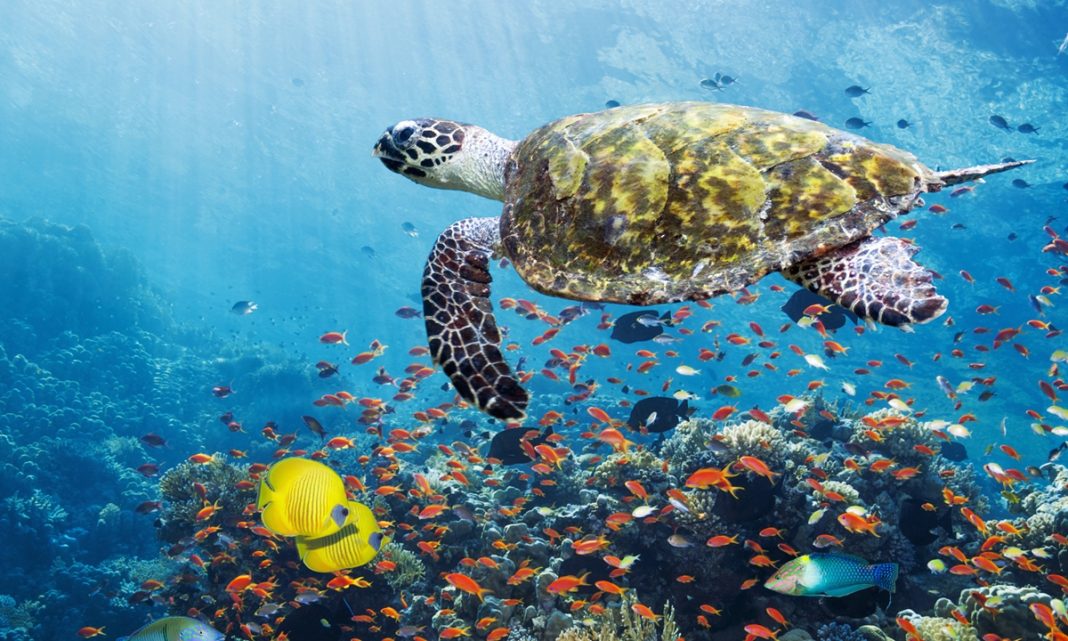BEIJING: Sea turtles, with a history of 160 million years on earth, are truly enchanting creatures. They exhibit remarkable loyalty to their nesting grounds, returning to the beach of their birth to lay eggs once they reach maturity, regardless of the distance. Destruction of their nesting sites can have a devastating impact on their ability to reproduce.
The journey of a sea turtle to lay its eggs is a grueling and treacherous one. From the moment she emerges from the ocean, she must navigate the sandy beach, avoiding predators and human disturbances along the way. With each step, she must dig a deep hole in the sand to deposit her precious eggs, while battling exhaustion and the relentless pull of the tide. Once her task is complete, she must cover the nest and make her way back to the safety of the sea, leaving her offspring to fend for themselves despite the harsh realities of the world.
Of the 1,000 baby sea turtles that bravely embark on their journey into the vast ocean, only a single lucky survivor will have the chance to reach adulthood. The treacherous waters are fraught with peril, testing the resilience and strength of these remarkable creatures.
Currently, there are seven species of sea turtles worldwide, with five found in Chinese waters, including green sea turtles, hawksbill turtles, loggerhead turtles, Pacific ridley turtles, and olive ridley turtles, with the green sea turtles being the most prevalent, followed by the hawksbill ones.
Since the 1980s, due to long-term overfishing, indiscriminate killing, illegal trade, overexploitation, marine pollution and other human factors, as well as the threat of climate change, the global sea turtle population and habitats have decreased.
China has been increasing its efforts to protect sea turtles, with all species now classified as national first-class protected wild animals. Any capture, purchase, sale, transportation, possession, and use of sea turtles is illegal.
In addition to cracking down on the illegal trade in turtles, conservation and rescue initiatives have been strengthened, with the establishment of sea turtle habitat reserves to safeguard nesting sites.
Latest statistics showed that over the last seven years, a total of 637 sea turtle nests with eggs have been found on Beidao Island, part of the Xisha Islands, accounting for 37 percent of the total in Xisha, the Xinhua News Agency reported in June.
Xisha Islands are an important habitat for green sea turtles. In China, 90 percent of sea turtle population resides in the South China Sea, of which green sea turtles account for more than 80 percent of the total. Beidao is considered to be the largest green sea turtle nesting ground in China.
In 2021, the Beidao sea turtle protection center was established. Scientific research teams from Xiamen University, Sun Yat-sen University, Hainan Normal University, and the South China Sea Fisheries Research Institute of the Chinese Academy of Fishery Sciences set up laboratories or research bases on the Beidao Island, where experts conducted research on the status of the green sea turtle population, sea turtle ecology and conservation biology, according to Xinhua. –The Daily Mail-Global Times news exchange item






